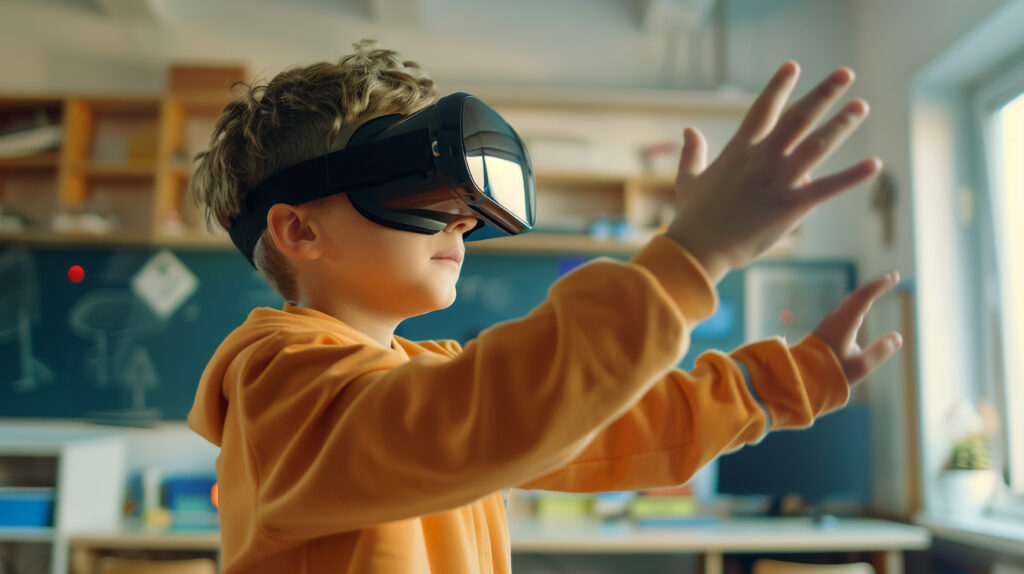Neural networks are developing at a breakneck pace. Despite scandals in the recent pastArtificial intelligence applications can make life easier for students and educators. Artificial Intelligence applications can make learning interesting and take knowledge beyond school textbooks.
10 ideas for how neural networks can help with learning
1. Information support:
Students can find the information they need in browsers with built-in artificial intelligence. For example, Yandex with Alice in Russia or Bing with DALL-E in Western search engines. First of all, this can come in handy for quickly gathering information on a study project or research.
2. Problem solving:
In addition to information retrieval, you can use artificial intelligence to solve math problems. Of course, you should not mindlessly use solver applications to do your homework. But it is worthwhile to understand how to solve complex problems in algebra or trigonometry with their help. In this article, a selection of of useful neural networks.
3. Creative approach to texts:
With the help of AI, you can create unique essays, reports, presentations and abstracts. Especially if you don't have writing skills or simply don't know where to start. By the way, here you can find 10 apps for this purpose that you can try for free.
4. Data processing:
Artificial intelligence can be used to analyze data from experiments. This can be used in research and development to gain a deeper understanding of the results.
5. Interactive learning:
AI to help educators - neural networks can be used to create creative, original assignments and adapt them to the individual characteristics of students.

6. Learning foreign languages:
The use of artificial intelligence allows students to create a language environment with the help of virtual interlocutors. Communicating with the robot in a foreign language on any topic helps to master it faster.
7. Automating assessments:
Another way to help teachers work with AI is to check students' work objectively and quickly. This frees up the teacher's time for other tasks.
8. Virtual travel:
Using AI, it is possible to create immersive and immersive virtual tours of historical sites.
9. Project-based learning:
Children can actively use artificial intelligence to develop their own projects in science, technology or art.
10. Literary analysis:
Neural networks are capable of conducting in-depth literature analysis tailored to the individual student's needs. For example, recommend books to them based on their interests and educational goals.
In any case, when using neural networks, it is important to remember that AI is an auxiliary tool. They can be used in learning, but not to replace it completely. For this purpose, it is necessary to pay special attention to the development of critical thinking and "soft skills.







